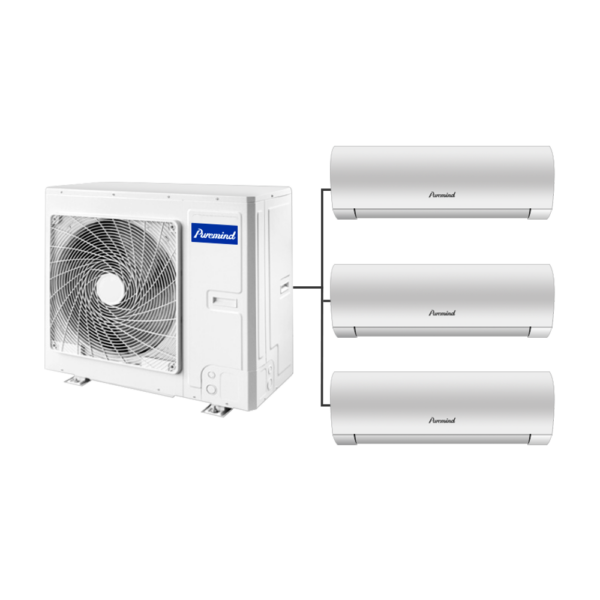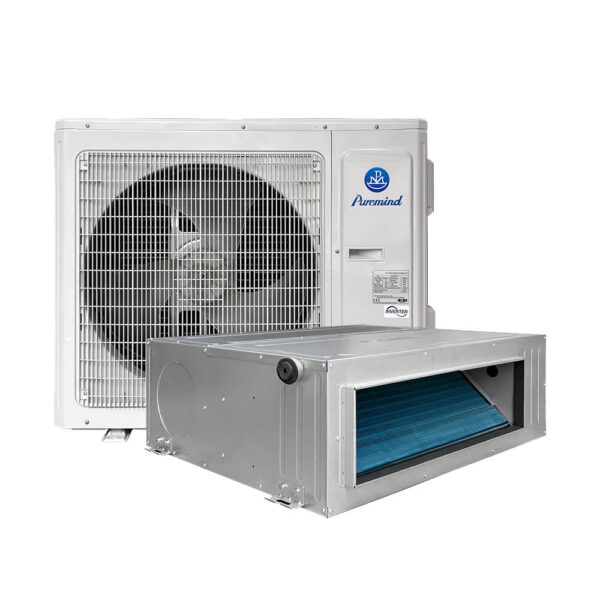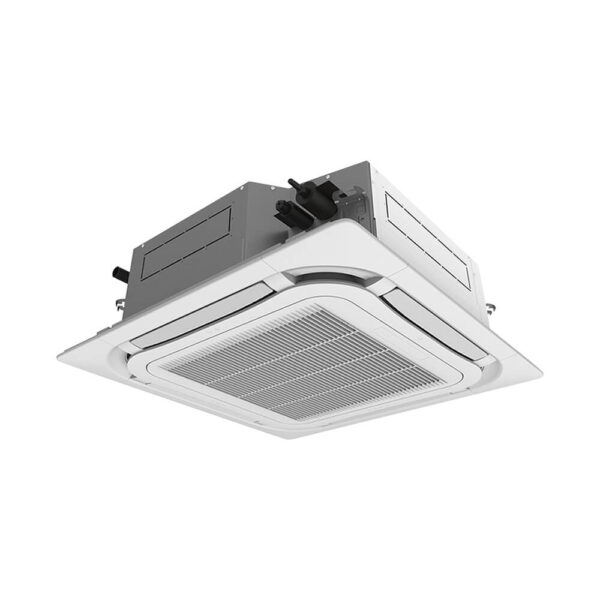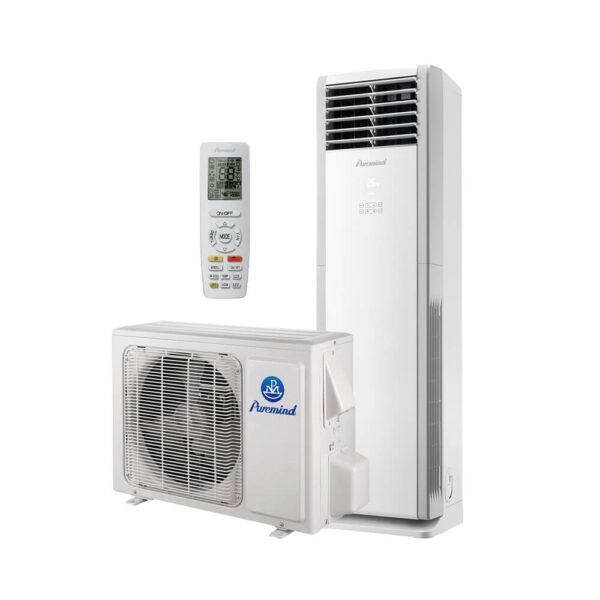Best HVAC System: A Complete Guide for Distributors and Suppliers
For wholesalers, suppliers, and distributors, choosing the best HVAC system is never a one-size-fits-all decision. Your “best” depends on climate, building type, budget, install labor, efficiency targets, and service capacity. This practical guide distills the decision criteria, compares major system families, and outlines stocking, pricing, and training plays that help B2B teams win projects and protect margin.
What “Best” Really Means in B2B HVAC
Contractors and facility buyers care about comfort, reliability, and total cost of ownership (TCO). Distributors care about turns, cash flow, and warranty exposure. Bridging those agendas is how you surface the best HVAC system for each opportunity. Translate needs into specs (capacity, ambient conditions, electrical service), then select the configuration that delivers the target comfort at the lowest lifetime cost—not simply the lowest first cost.
System Families Every Distributor Should Master
Each system family shines in different use cases. Understanding where they fit—and where they struggle—keeps quotes credible and inventory moving. There is no single best HVAC system for all jobs; there is a best fit for each segment.
Ductless Mini-Split (Single & Multi-Zone)
Fast installs, flexible placement, and zoned control make ductless a go-to for additions, retrofits, condos, ADUs, and light commercial suites. Pair common BTU sizes with line-set kits and wall brackets to sell complete packages. To expand supply options, review split air conditioner wholesale assortments that are curated for distributors.
Central Split Systems (AC & Heat Pump)
The familiar workhorse for single-family homes and small commercial spaces with existing ductwork. Prioritize right-sizing, duct integrity, and heat pump balance points. Upsell variable-speed air handlers for comfort, humidity control, and better SEER2/HSPF2 outcomes.
Packaged Rooftop Units (RTUs)
Retail, restaurants, and warehouses rely on RTUs for fast replacement, easy roof access, and predictable service routines. Keep emergency sizes on-hand and align with crane partners to reduce downtime. Accessory stocking (economizers, curb adapters) helps your teams close on first visit.
VRF/VRV Multi-Split
Excellent part-load performance, long line lengths, and central controls make VRF compelling for hotels, schools, and multi-tenant offices. The learning curve is real; require installer certification, maintain commissioning checklists, and keep boards/sensors in local parts stock.
Chillers, Fan Coils, and AHUs
For large campuses and mission-critical facilities, chilled water delivers scale, redundancy, and lifecycle serviceability. Sales cycles are longer and spec-driven; win by being responsive with submittals, BIM content, and logistics assurance.
Efficiency & Compliance Snapshot
Efficiency ratings are the shorthand customers use to compare options and qualify for incentives. Maintain a shared glossary for your team:
- SEER2 / EER2: Seasonal and steady-state cooling efficiency for unitary systems.
- HSPF2 / COP: Heating efficiency for heat pumps across conditions.
- IEER: Integrated efficiency for commercial packaged equipment.
Verify performance data using manufacturer submittals and the AHRI directory. Clear documentation reduces callbacks and keeps quotes defensible when projects go to bid review.
Refrigerants & Future-Proofing
Regulatory trends continue to tighten around refrigerant global warming potential (GWP). As product lines transition toward newer blends in many regions, distributors should stock compatible tools (gauges, recovery cylinders) and PPE, publish safe handling guides, and train counter staff to answer install questions credibly. Future-ready lines protect customers from midlife surprises and help ensure the best HVAC system today remains serviceable tomorrow.
Controls, IAQ, and Electrification: New Differentiators
Controls and air quality turn good projects into great ones. Wi-Fi thermostats, open-protocol gateways, and submetering offer measurable comfort and energy savings. On the IAQ side, specify filtration targets by application (e.g., MERV ratings), add dehumidification where latent loads are high, and offer commissioning reports for facility teams. These options elevate your solution from commodity to value-engineered package.
Decision Matrix: Matching System to Opportunity
Use a simple matrix to align project constraints with system strengths. It helps sales, engineering, and purchasing speak the same language when picking the best HVAC system for a customer.
| Scenario | Primary Goal | Recommended Configuration | Why It Fits |
|---|---|---|---|
| 1950s home, no ducts | Fast install, zoned comfort | Ductless mini-split (1–3 zones) | No ducts, minimal disruption, high comfort per dollar |
| Retail bay replacement | Downtime reduction | Packaged RTU with curb adapter | Like-for-like swap, crane-friendly, predictable controls |
| Multi-tenant offices | Part-load efficiency, tenant control | VRF with centralized BMS integration | Excellent zoning and long line capabilities |
| Suburban home with ducts | Comfort + rebates | Variable-speed heat pump + ECM air handler | High seasonal efficiency and quiet operation |
Stocking Strategy: Turn the Right SKUs
Winners in distribution don’t stock “everything”—they stock what moves and can get the rest in 48–72 hours. Build assortments around A-movers, then layer special-order channels. Organize by BTU bands, voltage, and mounting style. Bundle installs: line sets, pads, disconnects, whips, surge protection, condensate pumps, and thermostats. Each pick should move an installer closer to a same-day finish.
Pricing, Programs, and Margin Protection
Margins erode when discounts outpace value. Tie preferred pricing to training completion and warranty registration. Use volume tiers, seasonal promotions, and co-op funds to spur demand—without racing to the bottom. Publish net price fences internally and hold the line. Competitive quotes are important; disciplined quotes are profitable.
Training & Commissioning: The Secret to Fewer Claims
Track callbacks by crew and product line. Quarterly clinics on brazing, evacuation targets, nitrogen purging, and controls wiring reduce warranty exposure. Provide a one-page commissioning card with superheat/subcool benchmarks and torque values. The result: happier contractors, fewer returns, and better lifetime value for what your teams call the best HVAC system on any given job.
IAQ & Dehumidification for Humid Climates
Humidity control is as critical as sensible cooling. In coastal and southern markets, add dedicated dehumidification or specify systems with robust latent capacity. For light commercial, pair rooftop units with demand-controlled ventilation and smart sensors to balance comfort with energy spend.
Electrification & Heat Pumps in Cold Weather
Modern cold-climate heat pumps shift the conversation in northern regions. Publish clear balance points, include backup heat logic, and promote variable-speed compressors with solid low-ambient performance curves. When positioned correctly, these systems compete with fossil alternatives on comfort and lifetime cost.
Controls & Connectivity: Selling Measurable Outcomes
Facility managers respond to data. Offer packages with runtime dashboards, alerting, and remote diagnostics. Submetering and integration to building platforms can justify premium packages and lock in multi-year service contracts. When energy savings are visible, the perceived “best HVAC system” becomes the one with verified results.
Counter Playbook: Make Every Visit Count
- Cheat Sheets: Laminated pairings (condenser + head) and quick-pick accessory lists reduce errors.
- Kitted Jobs: Promo bundles around top BTU sizes help installers leave with everything needed.
- Emergency Stock: Keep fast-moving SKUs for peak heat and shoulder season change-outs.
- Returns Policy: Clear guidelines on boards, sensors, and DOA testing build trust.
Case Studies: How “Best” Changes by Context
Historic Bungalow Retrofit
Challenge: No ductwork, strict aesthetic guidelines. Solution: Two multi-zone ductless systems with matched line-set covers. Outcome: Faster install, low noise, room-by-room control—the homeowner’s best HVAC system was a ductless package, not a central split.
Strip Mall RTU Replacement
Challenge: Lease turnover in 10 days. Solution: In-stock RTU with curb adapter and factory economizer. Outcome: One crane pick, same-day startup, minimal tenant downtime.
Small Office VRF Upgrade
Challenge: Hot/cold complaints across tenants. Solution: VRF with centralized scheduling and energy reporting. Outcome: Fewer comfort calls, measurable energy reduction, and happier tenants.
FAQ for Distributors and Suppliers
Q: Is there a universal best HVAC system I should stock?
A: No. Build a “good-better-best” story across families, then tailor by climate, building type, and installation realities.
Q: How do I prevent warranty headaches?
A: Vet partners via AHRI listings and service parts availability, mandate installer training, and publish a simple commissioning checklist with every sale.
Q: How do I avoid dead stock?
A: Use ABC analysis, keep A-movers deep, and shift edge cases to vendor-direct lanes with reliable lead times.
Putting It All Together
For B2B HVAC, the right answer is situational. Your best HVAC system for a downtown retrofit could be a ductless multi-zone package; for a logistics warehouse, an RTU with simple controls; for a school, VRF with centralized scheduling. Organize your catalog and training so sales can map needs to solutions quickly—and back the quote with inventory and service.
Conclusion
Distributors that define “best” by performance, lifetime economics, and serviceability consistently win bids and repeat business. Build tight assortments, verify efficiency with AHRI, train relentlessly, and package every sale with the right accessories. Do that, and you’ll deliver the best HVAC system—not in the abstract, but for every specific project your customers bring through the door.







